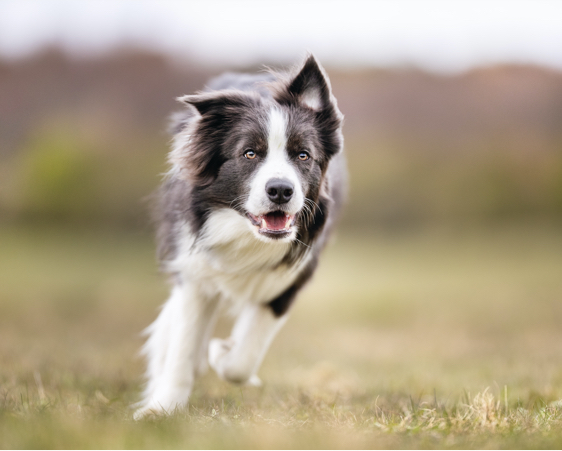According to the American Veterinary Medical Association (AVMA), some 80% of dogs start showing signs of gum disease by the time they turn 3.
“Veterinarians report that periodontal disease is the most commonly diagnosed health problem in dogs,” says Dr. Larry Corry, former president of the AVMA. “This can lead to painful infections in the mouth, and in severe cases, these infections can spread and become life-threatening.”
Below, doggie dentists weigh in on how to identify and prevent dental problems in dogs.
Inspect Your Dog’s Teeth at Home
Dr. Katy Nelson, a veterinarian who is also a member of the Iams Pet Wellness Council, suggests you quickly assess your dog’s mouth by looking at his or her gums: Healthy gums are pink as opposed to red, with no buildup of tartar along the gum line. Additionally, a healthy mouth does not produce horribly bad breath.
Your dog’s vet should do an oral exam at each annual visit, says Nelson. “In older dogs especially, they can get abscesses with no easily visible signs. A thorough assessment may require sedation.”
What to Expect at the Vet’s
Dr. Linda DeBowes, a Seattle-based veterinarian, acknowledges that periodontal illness is often a silent disease.
When your veterinarian diagnoses it in your dog, it’s because she has seen plaque, abscesses, loose teeth and lower-jaw fractures, which can occur with chronic dental problems.
“At that point, we need a cleaning to get below the gum line, which requires anesthesia,” says DeBowes. Once under, your dog’s teeth will be cleaned with an ultrasonic scaler or a hand scaler. The veterinarian will look for loose teeth, deep dental pockets, exposed roots or other signs of disease. Some teeth may need to be extracted.
Prevention Really is Key
“Once there is disease there, it’s painful and costly to deal with,” says Dr. Trisha Joyce of NYC Veterinary Specialists. “But you can protect your dog’s teeth just like you protect your own, with daily brushing and regular checkups.” She adds: “The only difference between your dental health and your dog’s is that he can’t do it for himself. His owner has to watch out for him.”
Dr. Brook Niemiec, a board-certified veterinary dental specialist in San Diego, suggests beginning a dental routine with your dog as soon as possible and using the following methods for brushing.

